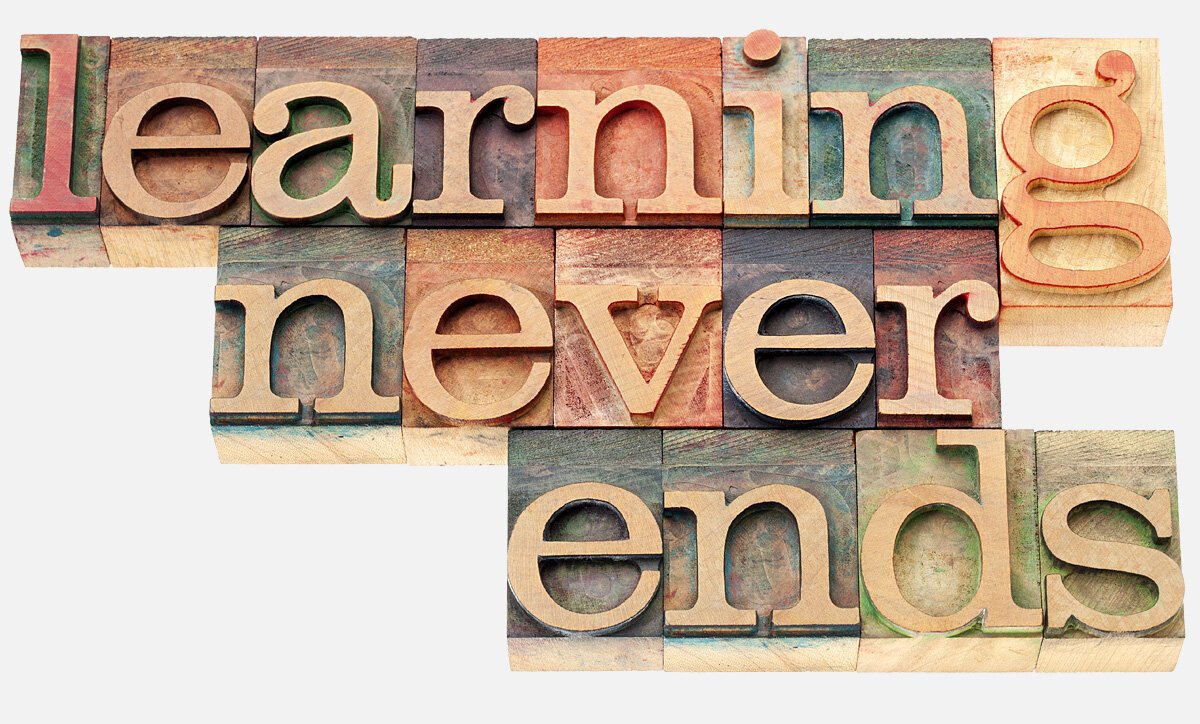Skills are the new currency for learning and development
Companies make large investments in learning and development (L&D). In some places, such as Germany, this is even seen as part of the social contract and core to the value a company brings to society. For as long as I have been involved in the learning and development game (and I am into my third decade at this) we have struggled to figure out how to measure the effectiveness of this investment. I now believe that the way to do this is through the intermediary of skills.
Skills are the direct outcome of learning and development activities.
The skills then get applied through roles to projects and ongoing activities. Without the mediating result of skills it is impossible to measure the impact of learning and development. Learning and development acts through skills.
This seems obvious when you think about it. We do not learn in the abstract, we learn something. And we know that we have learned something by applying our new skills to a task. Trying to measure the direct impact of learning and development on performance is difficult because it is not the learning but the result of the learning (the skill) and how it is applied (through a role or on a project) that impacts performance.
Why are skills the best connection point?
There are other things that could be considered. Employee engagement is popular these days. And it has been shown to have some correlation to performance (see for example this report from Harvard Business Review). But it is difficult to draw a granular, actionable connection between engagement and performance. It is hard to know exactly what the underlying causal mechanism is and how to connect engagement to performance in any sort of actionable way.
The OKR approach has also become very popular, especially among companies that aspire to grow like Google. OKRs are each person's Objectives and Key Results. Platforms such as 7Geese help people and organizations to manage these. OKRs are a good practice and we should all adopt them, but they don't help people to understand what skills are needed to achieve the objectives and to generate the key results. Skills are the missing link.
How can learning and development leverage skills and skill management?
Recognizing skill gaps is critical to knowing what interventions are needed.
Understanding skill potential gives insight into who to train and what to train them on.
Building skill-based teams can open new capabilities that drive performance.
At a technical level, skills are the best way to connect all of the different enterprise systems that learning and development leaders depend on. They are the common currency that learning management systems, learning content, talent management systems and performance management systems can all use in order to speak a common language (oops, slipped in a mixed metaphor). An understanding of each person's skills, the skills needed on projects and the skills needed for roles, tells you what learning a person may need. Skill management systems help predict performance. They provide a holistic view of a person that talent management systems lack. Here is part of my skill profile on Ibbaka Talent (formerly teamfit).
You can see at a glance what my tops skills are and how they are distributed. You can filter to see my foundational, social, business, technical, design or domain skills and see what tools I know how to use. Ibbaka Talent goes further than this and connects my skills to the roles I have used them in, the people I have used them with, and the projects I have used skills for.
Beyond learning and development, skills are the critical connection point with actual work. They can be mapped to the tasks managed in project management systems, connected to lead assignment on the CRM and used with scheduling systems to make sure that the right skill sets are available when needed.You can see a short slide presentation on how learning and development are energized by skill management here.
TeamFit-Ibbaka co-founder Amar Dhaliwal has written on the skills agenda for Training Industry magazine.










